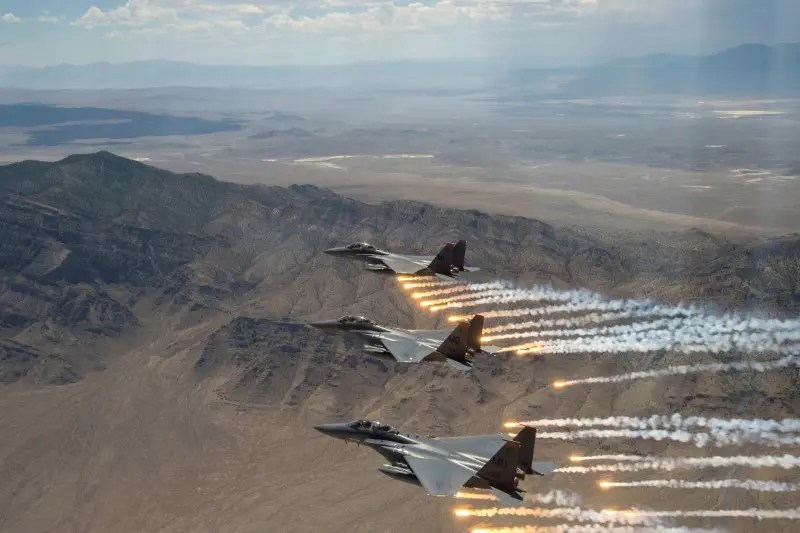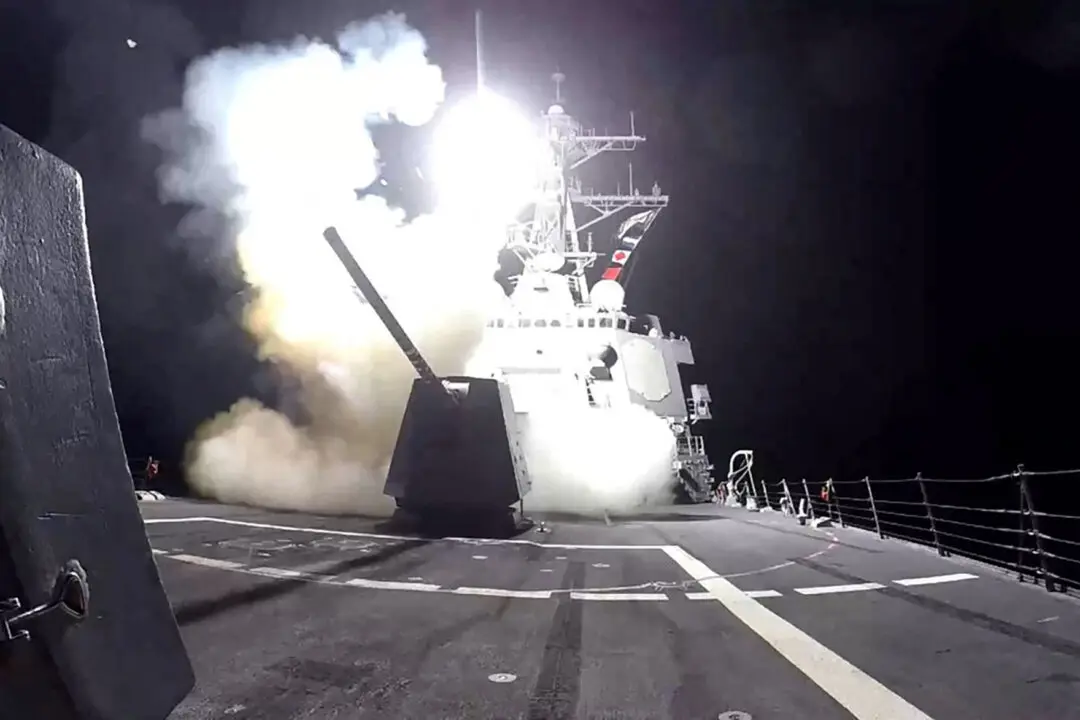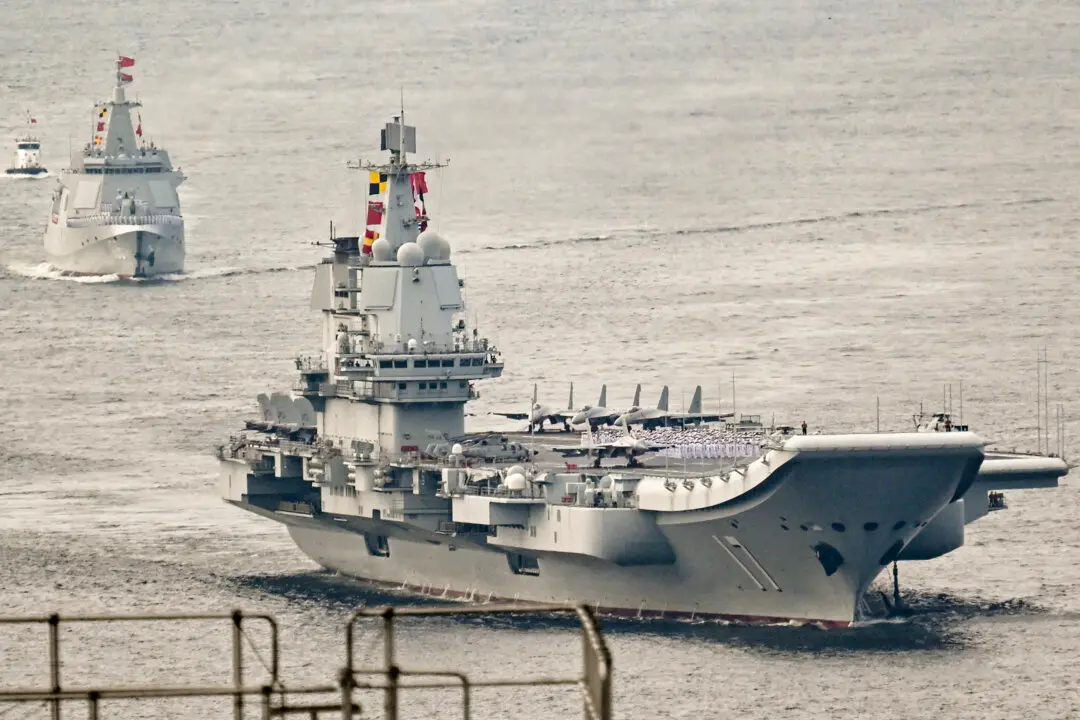The Biden administration’s proposed defense budget for FY23 would place the United States in a weakened position in the event of conflict with China, according to one senator, who questioned the Pentagon’s desire to reduce the Navy by more ships than it could replace.
“There’s real risk in relying on capabilities that won’t be ready til the 2030s to deter or defeat a Chinese threat that may materialize in the next five years,” Sen. Susan Collins (R-Maine) said during a Senate Appropriations Committee hearing on the defense budget on May 3.




